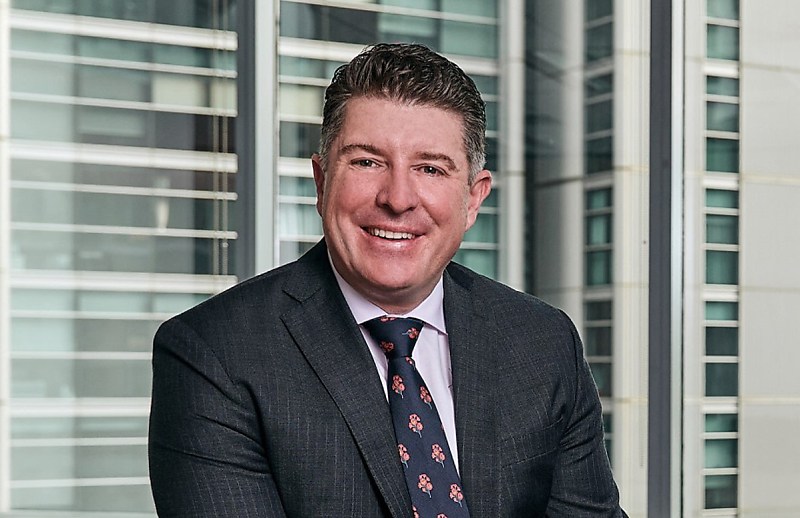There is a significant unmet financial advice need in the SMSF sector as the gap between the supply of financial advisers and the increasing demand for advice grows, according to Class’ 2024 Annual Benchmark Report.
The report highlighted research recently released by Vanguard which put the number of non-advised SMSFs at 475,000 or around 77 per cent of all SMSFs, with about 25 per cent of trustees without advisers expressing a likely intent to seek advice soon – around 120,000 funds.
Consistent with this research, approximately 73 per cent of Class SMSFs are currently non-advised, Tim Steele, chief executive officer at Class, said.
“While the number of funds being established is on the rise, we also know the number of trustees accessing financial advice has stayed relatively stable over the past three years,” he said.
He emphasised that to meet the growing demand for advice, key issues such as attracting new advisers, addressing legislative uncertainty, and reducing the high costs of delivering advice must be urgently addressed.
“While advice accessibility is a challenge, improving productivity for financial professionals through ongoing investment in technology presents a significant opportunity,” Steele said.
“We’re also encouraged by the proposed legislative reforms which aim to improve access to financial advice.”
Division 296 tax could cost Class members $825.3m
Class’ new benchmark report also tapped into other important issues troubling the sector, including the unresolved Division 296 tax.
According to Class, more than 16,500 of its SMSF members could be adversely affected by the proposed Division 296 tax. Based on FY23 Class SMSF annual return data, the firm estimated that if Division 296 had been in effect at the end of FY23, the total tax liability for all impacted Class SMSF members would have amounted to $825.3 million.
“Our research shows the proposed tax could significantly challenge Class SMSFs with high balances, with Class members facing on average just under $50,000 in additional tax liability. This could particularly impact the 36 per cent of affected SMSFs that hold direct property, making it challenging to manage tax obligations given the illiquid nature of these assets,” Steele said.
“For example, many small business owners and farmers could lose the incentive to transfer real business properties into SMSFs, making such strategies financially unviable. They may also find themselves with an even bigger tax bill with insufficient cash reserves to pay it”.
Furthermore, Steele highlighted the likely unintended consequences for younger generations if the $3 million super cap is not indexed and their super balances continue to grow.
Class’ report also revealed that SMSFs are leading in strategic retirement transitions, with 93 per cent of Class members aged 65 and over moving their balances into pension phase, compared to only 48.8 per cent of APRA members.
Class SMSF members aged 60-64 are 2.7 times more likely to use Transition to Retirement Income Streams or Retirement Phase Income Streams than their APRA-regulated counterparts, benefiting from higher average balances and tax savings.
“Financial advisers play an important role in helping clients make the transition to retirement and take full advantage of the proactive strategies available to them,” Steele said.

 Login
Login






